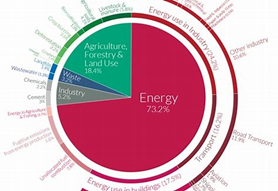
Construction of 7km Lungi Bridge in Sierra Leone Background: The government of Sierra Leone intend to construction a 7Km length of bridge across the Sierra Leone River estuary. T he proposed infrastructure development is to construction a &km length of bridg4e across the productive river estuary in Freetown. The Lungi Bridge project seeks to remove the travelling nightmare from the visitors and citizens coming and going out of Sierra Leone. The capital city is located across the river on the south coast of the Atlantic Ocean while the airport is across the river from the city on the north of the Atlantic. Traveling to access the city has been a nightmare since the beginning. From the airport is another set of journeys by road and crossing the estuary by either the Ferry, Hovercraft, engine powered boat, canoe or to over 183km through by road. The entire process makes the journey tiresome and boring. This has long und...
